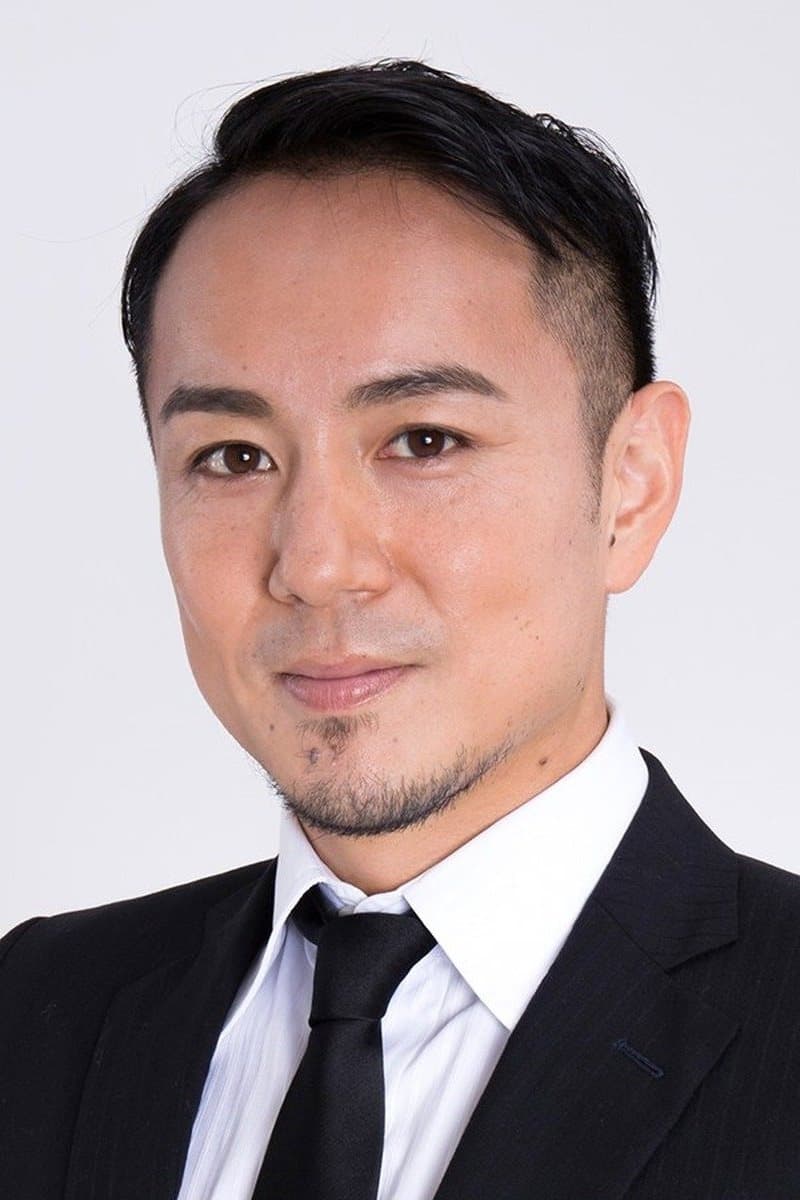
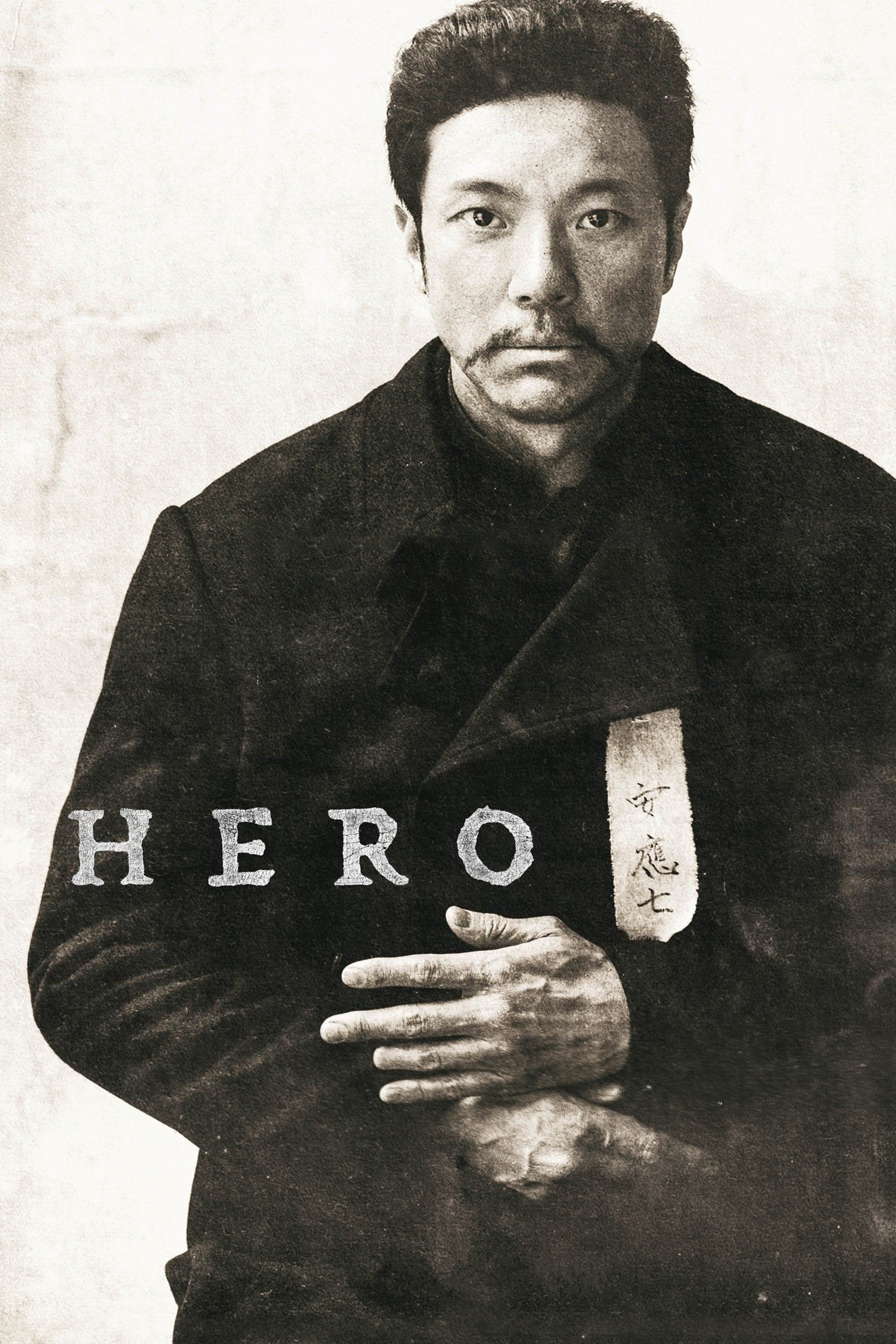
An Jung-geun fights for Korea's independence from the Japanese Empire and sparks a movement. In 1909, he assassinates Itō Hirobumi, the first prime minister of Japan and resident-general of Korea.

Nitobe and Sakamoto are childhood friends who now work at the front desk of a capsule hotel. Nitobe has a particular fondness for philosophy and crustaceans. Sakamoto, meanwhile, is fixated on suicide. The capsule hotel draws a variety of guests, including a Finnish mother who has lost her child, a fugitive woman, and a researcher studying Daphnia. None of their lives ever intersect. They exist, but never cross, like cells in a capsule hotel. The themes of life and death are explored through a fragmentary view of the characters’ lives.

Shimajiro, who helped an injured baby whale Kuu-chan, takes care of Kuu-chan who wants to return to her mother and keeps her in touch. In order to return Ku-chan, who was about to be sent to the aquarium, to her mother, Shimajiro rides on her back and sets out on a journey toward the southern sea.
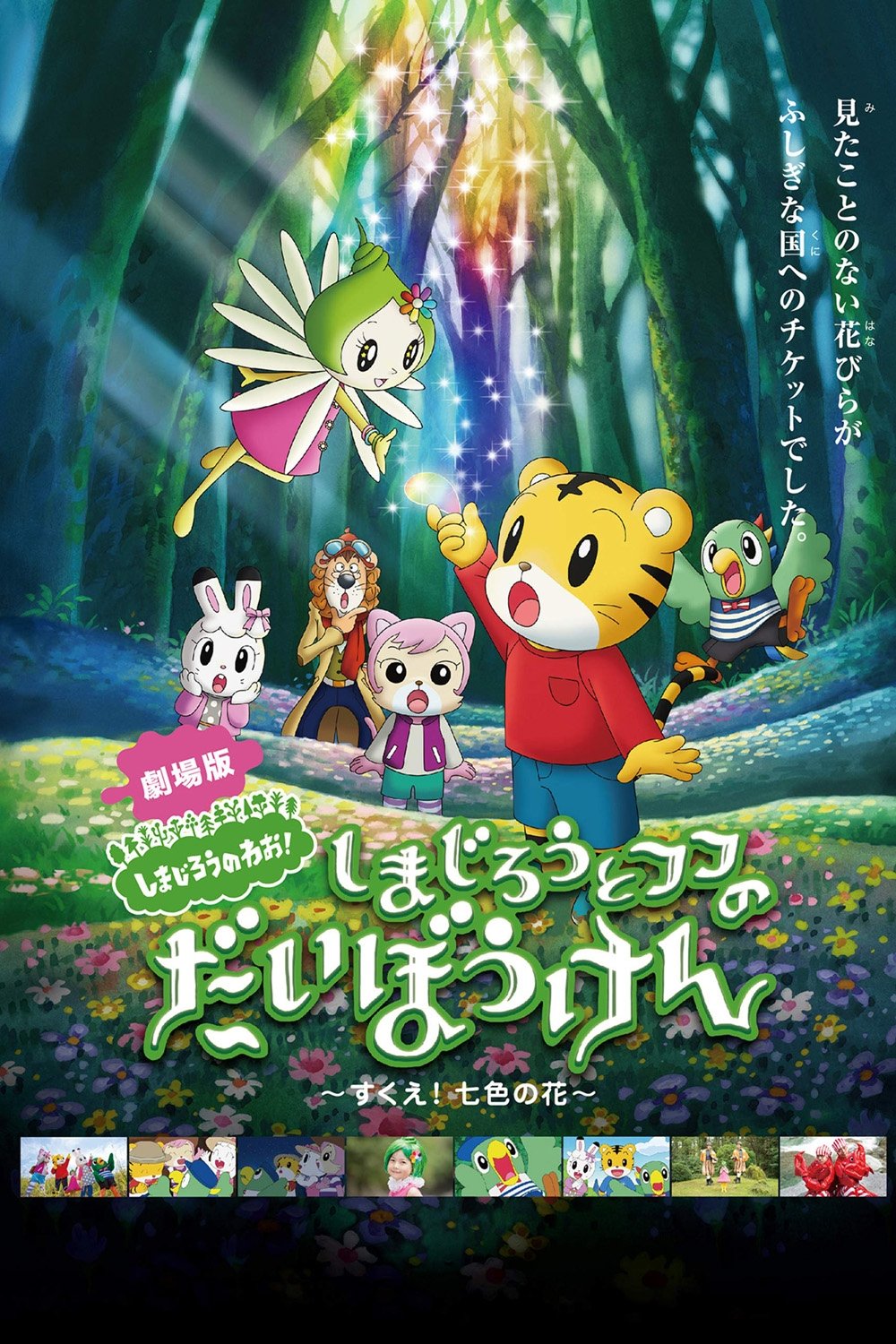
Shimajiro to Fufu no Daibōken: Sukue! Nanairo no Hana (しまじろうと フフの だいぼうけん ~すくえ!七色の花~?, Shimajiro and Fufu's Great Adventure: Save the Seven-Colored Flower!) is a 2013 Japanese children's live action/anime film. It's the first film to feature the character Shimajirō. The film is directed by Isamu Hirabayashi and was release on March 15, 2013.
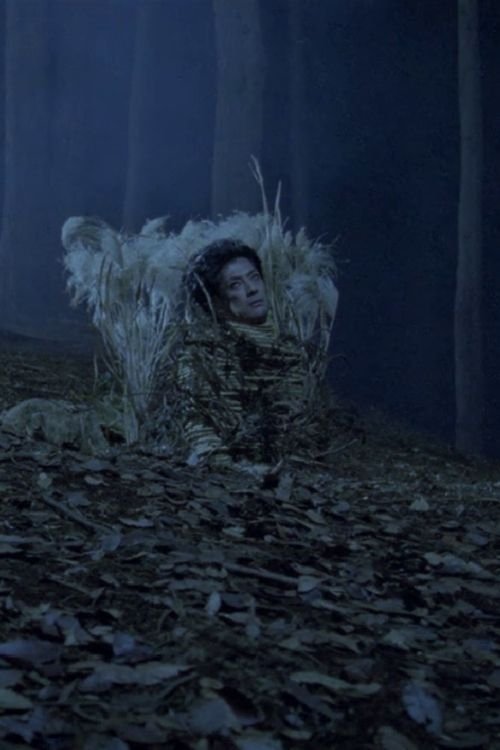
In the forest, a man is buried up to his waist and repeats an interminable and incomprehensible monologue. His seclusion is about to be disturbed by the arrival of a little boy.
One day a man had a strange audition for the movie. But he couldn't make acting good.
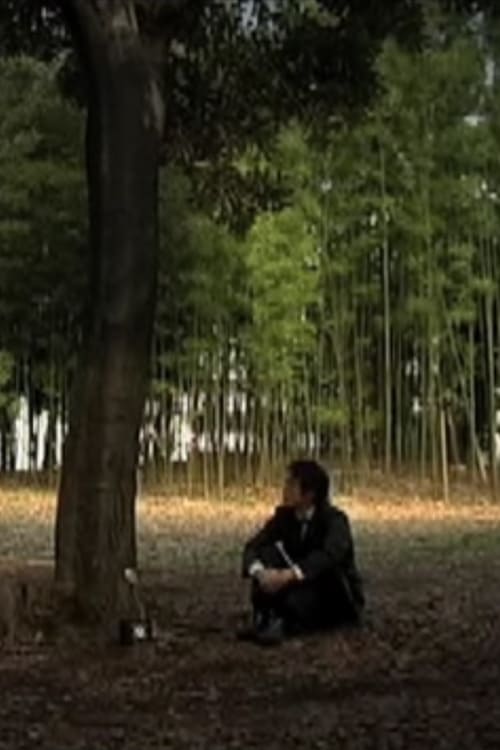
A special Decoder allows people to have conversations with nature.
By browsing this website, you accept our cookies policy.